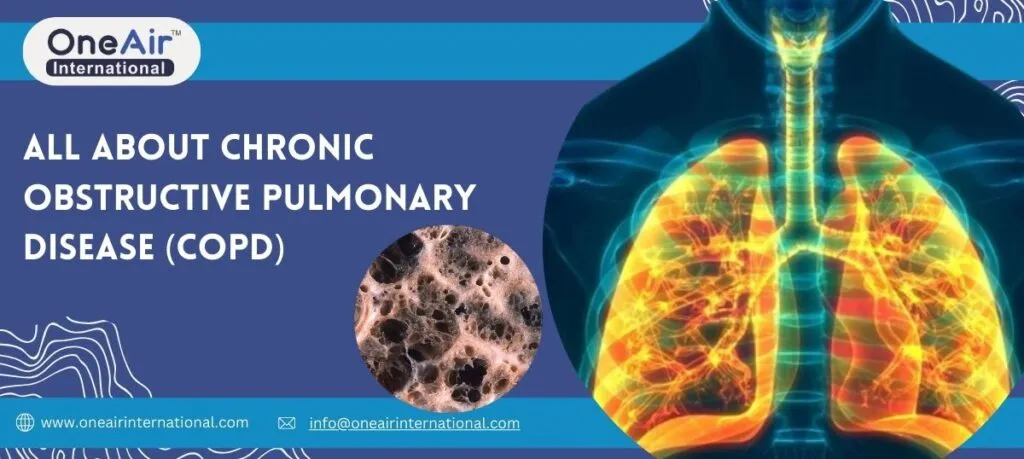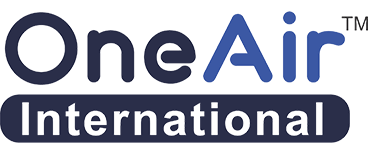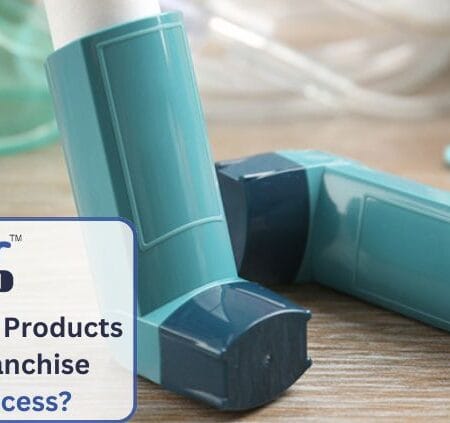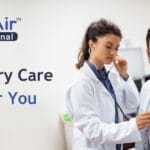
COPD, or Chronic Obstructive Pulmonary Disease, is a common respiratory issue impacting millions worldwide. Let’s find out all about COPD, exploring its causes, symptoms, and treatment options. Our goal is to provide straightforward insights, making it easy for everyone to grasp the essentials of this prevalent lung condition.
Causes of COPD
COPD often stems from prolonged exposure to harmful substances that irritate the lungs. The most significant contributor is cigarette smoke, making smoking the leading cause of COPD. However, it’s not the sole factor. Environmental elements, such as air pollution and exposure to dust and chemicals in certain workplaces, can also play a role. Additionally, some individuals may have a genetic predisposition, meaning their genes can make them more susceptible to developing COPD.
Cigarette smoke is a complex mixture of over 7,000 chemicals, many of which are harmful to the lungs. When these substances are inhaled, they can cause inflammation and narrowing of the airways, leading to the characteristic symptoms of COPD.
Environmental factors, including air pollution and workplace exposures, contribute to the development and progression of COPD. Inhaling pollutants over an extended period can damage the delicate air sacs in the lungs, reducing their elasticity and making it harder to breathe.
Symptoms of COPD
Recognizing the signs of COPD is vital for early intervention. The symptoms can be subtle initially, often manifesting as a persistent cough. This cough may be productive, meaning individuals might cough up mucus regularly. As the disease progresses, individuals may experience shortness of breath, especially during physical activities. Wheezing, a whistling sound while breathing and chest tightness are also common signs of COPD.
Shortness of breath, or dyspnea, is a hallmark symptom of COPD. It typically worsens over time and can significantly impact an individual’s ability to perform daily activities. As the airways become more obstructed, breathing becomes more challenging, and simple tasks like climbing stairs or carrying groceries may become exhausting.
Wheezing occurs when there is a narrowing of the airways, causing turbulent airflow. This can create a whistling or squeaky sound during breathing. Chest tightness is another common sensation in COPD, often described as a feeling of constriction or pressure in the chest.
Diagnosis and Risk Factors
While COPD doesn’t currently have a cure, numerous treatment options can help manage symptoms and enhance the overall quality of life. Medications, such as bronchodilators to widen airways and inhaled steroids to reduce inflammation, are commonly prescribed.
Bronchodilators are medications that relax the muscles around the airways, making it easier to breathe. They are often delivered through inhalers, allowing the medication to reach the lungs directly. Inhaled steroids help reduce inflammation in the airways, decreasing mucus production and the risk of exacerbations.
Pulmonary rehabilitation programs are an important component of COPD management. These programs involve a combination of exercises, education, and support to help individuals improve their lung function and cope with the challenges of living with COPD.
Exercise is an essential aspect of pulmonary rehabilitation. It helps improve cardiovascular fitness, strengthens respiratory muscles, and enhances overall endurance. Individuals with COPD may engage in activities such as walking, cycling, or specific breathing exercises tailored to their needs.
COPD is a significant but manageable respiratory condition that requires an approach for effective management. Understanding the causes, recognizing symptoms early, and going for medical treatments alongside lifestyle adjustments are important steps. The journey with COPD may involve challenges, but with the right support and strategies, individuals can successfully manage their condition and enjoy an improved quality of life.





